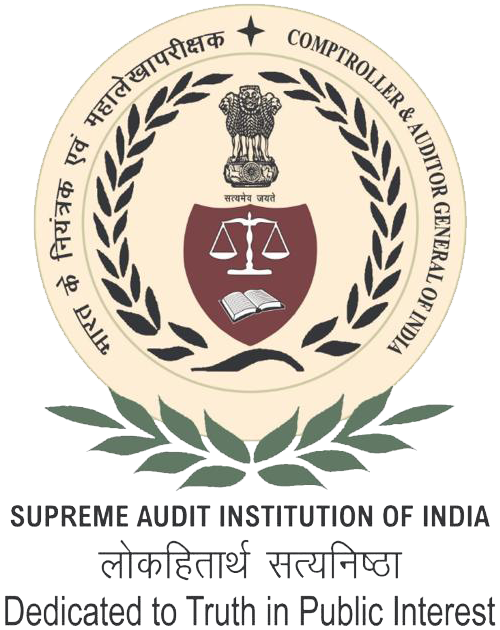- Home
- About Us
- Functions
- Resources
- Tour Program
- Publication & Reports
- Contact Us
- Employee Corner
- Tenders & Contracts
Audit Reports
Financial

Nagaland
Report No. 1 of 2021 - State Finances Audit Report of the Comptroller and Auditor General of India for the year ended 31 March 2020
Date on which Report Tabled:
Tue 22 Mar, 2022
Date of sending the report to Government:
Thu 21 Oct, 2021
Government Type:
State
Sector
Finance
Overview
State Finances Audit Report of the Comptroller and Auditor General of India for the year ended 31 March 2020 (Report No. 1 of 2021)
This Report provides an analytical review of the finances of the State Government, based on the audited accounts of the Government of Nagaland for the year ended 31 March 2020. The Report is structured in five Chapters.
Chapter I- Overview of State Finances: This Chapter describes the basis and approach to the Report and the underlying data, provides an overview of structure of government accounts, budgetary processes, macro-fiscal analysis of key indices and State’s fiscal position including the deficits/ surplus.
Chapter II- Finances of the State Government: This Chapter provides a broad perspective of the finances of the State, analyses the critical changes in major fiscal aggregates relative to the previous year, overall trends during the last five years, debt management of the State and key Public Account transactions, based on the Finance Accounts of the State.
Chapter III- Budgetary Management: This Chapter is based on the Appropriation Accounts of the State and reviews the appropriations and allocative priorities of the State Government and reports on deviations from Constitutional provisions relating to budgetary management.
Chapter IV- Quality of Accounts and Financial Reporting Practices: This Chapter provides an overview on the quality of accounts and compliance of the State Government in its financial reporting practices, with prescribed financial rules, procedures and directives with regard to completeness, transparency, measurement and disclosure.
Chapter V- Functioning of State Public Sector Enterprises: This Chapter provides a ‘bird eye view’ on the functioning of the State Public Sector Enterprises (SPSEs). The SPSEs encompasses the State Government owned/ controlled Government Companies set up under the Companies Act, 2013 and Statutory Corporations setup under the statutes enacted by the Parliament and State Legislature.
The Report has nine appendices containing additional data collated from several sources in support of the audit observations.
Download Audit Report
- Front Cover
- Table of Contents
- Preface
- Executive Summary
- Chapter -I Overview of the State Finances
- Chapter -II Finances of the State
- Chapter -III Budgetary Management
- Chapter -IV Quality of Accounts and Financial Reporting Practices
- Chapter -V Functioning of State Public Sector Enterprises
- Appendices
- Back cover

